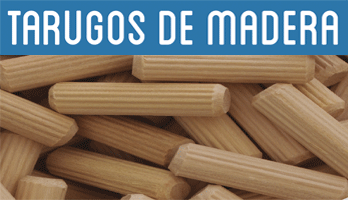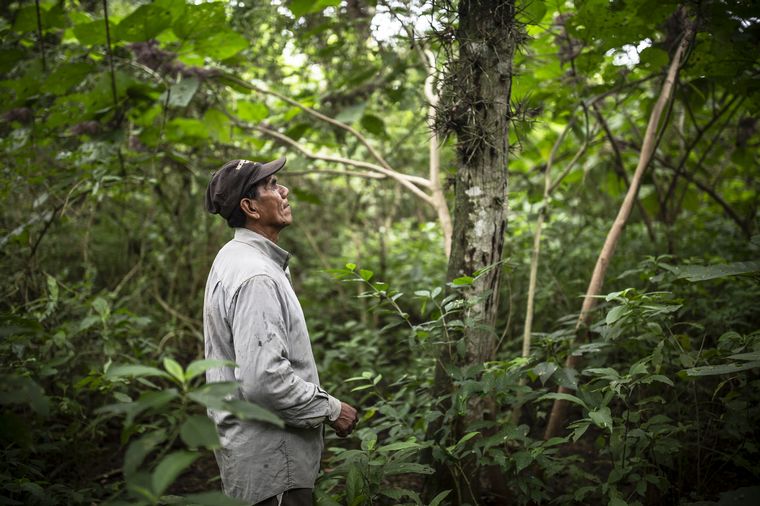
Baum, the Córdoba tree factory, and Alianza Wichi join forces to reforest the Gran Chaco
The aim is to recover a large part of the biodiversity of the geographic region, affected by human actions. Baum, Fábrica de Arboles, and Alianza Wichi joined forces to reforest the Gran Chaco. This combination of reforestation and work in the territory together with local communities seeks to recover a large part of the biodiversity of this geographic region, so affected by human actions. To achieve the objective, entities need the commitment of people, companies and institutions that plant trees online.
Baum, born in 2021, has brought more than 20 massive reforestations to the province of Córdoba in the last year and a half. It is a venture that produces native trees on a massive scale and a tool with which all people, companies and institutions that want to contribute to the environment can do so through the planting of native trees, thus mitigating their carbon footprint and raising awareness. environmental.
It is in this search to expand, Baum works together with Alianza Wichi. It is an organization committed to the collaboration and empowerment of indigenous cultures in the South American Gran Chaco. Its focus is on protecting ancestral territories, promoting biodiversity and creating thriving ecosystems for the sustenance and well-being of communities.
Through educational programs, environmental restoration projects and economic empowerment, they seek to promote a respectful and enriching dialogue between cultures, building a sustainable future in harmony with nature.
Rodrigo Vidales, one of the founders of the organization, said that this joint work had been planned for a long time and pollution, deforestation and lack of water were considered as some variables to carry out actions forward.
"It was impressive for the community when we arrived with the trailer and the number of trees we brought. The community appreciates it very much and is very hopeful. In exchange for their participation, they receive financial compensation. This is also achieved thanks to companies and institutions that They trust us and join in planting trees through our website," he said in dialogue with Cadena 3.
As a result of the imminent need for trees in the geographical region of Gran Chaco, Baum and Alianza Wichi proposed a reforestation of 5,000 trees for the territory of Tartagal, in the province of Salta.
The founder of the foundation, Martin Craf, told Cadena 3 that it will allow quality subsistence for indigenous peoples.
"It is a recovery of ecosystems with the communities, learning from their knowledge and understanding that a healthy mountain is a healthy community," he noted.
Meanwhile, Chief Juan de Dios said that they will take care of the carob trees "with their lives." "I feel more accompanied by nature to see that they are committed to working and showing gratitude to life more than anything," he added.
These specimens will be provided by Baum-Tree Factory, who will carry out the reforestation together with members of the local Wichi community and will coordinate this work with the Alliance.
The species that will be planted is the white carob, whose many uses (wood, shelter and fruits) date back to pre-Columbian times.
This tree is highly revered by the Wichi community for all its benefits: this native species is a refuge for other species of flora and fauna, its fruit is food for the communities, it helps retain soil moisture, while it does not need much water supply to adapt, among other particularities.
Carrying out these types of carbon-positive actions are essential these days, when caring for the environment is one of the main topics to be urgently addressed. Whoever collaborates with Baum and Alianza Wichi will obtain a certificate for the amount of carbon captured, calculated under international standards, among many other benefits.

IT MAY INTEREST YOU
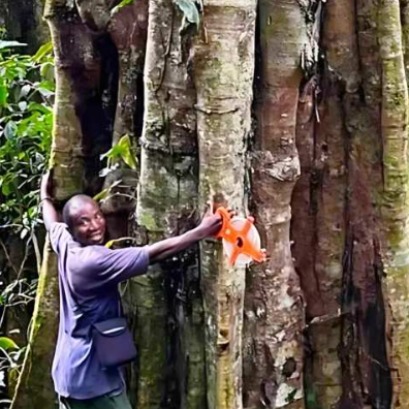 Botanists discover giant trees up to 3,��� years old in Tanzania, unknown until now by science
Botanists discover giant trees up to 3,��� years old in Tanzania, unknown until now by science
Scientists have identified a new species of giant tree, Tessmannia princeps, in the Udzungwa Mountains. This species had never before been recorded by science.
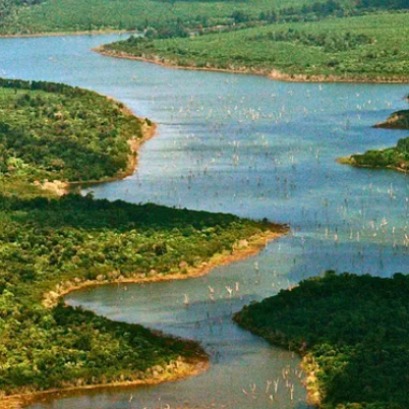 The second largest wetland in South America is located in Argentina: what is it?
The second largest wetland in South America is located in Argentina: what is it?
Argentina has national parks that place it in a unique position within South America, competing with 300 others. Which is the largest? South America is home to more than 300 national parks, but many go unnoticed. There are extensive wetlands that have been the subject of major ecological restoration projects, to coastal mountains with deep indigenous heritage. Today we tell you the case of one located in Argentina.
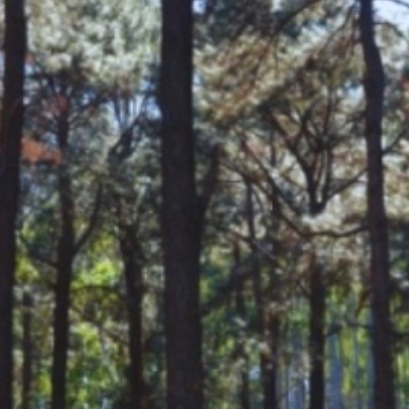 They promote research in pine resins from the NEA
They promote research in pine resins from the NEA
The forestry industry is one of the most important sectors in the economies of Misiones and Corrientes. Thousands of hectares of pine supply the paper, pulp, boards and sawmill industry. Pinus elliottii, one of the species established in the region, in addition to providing wood, is used to produce resin, a non-wood forest product with high demand in the chemical, pharmaceutical and cosmetic industries. In 2\024, resin extraction of approximately 52,6\0\0 tons was achieved from approximately 18,\0\0\0,\0\0\0 trees in production, generating income and jobs with high expansion potential.








